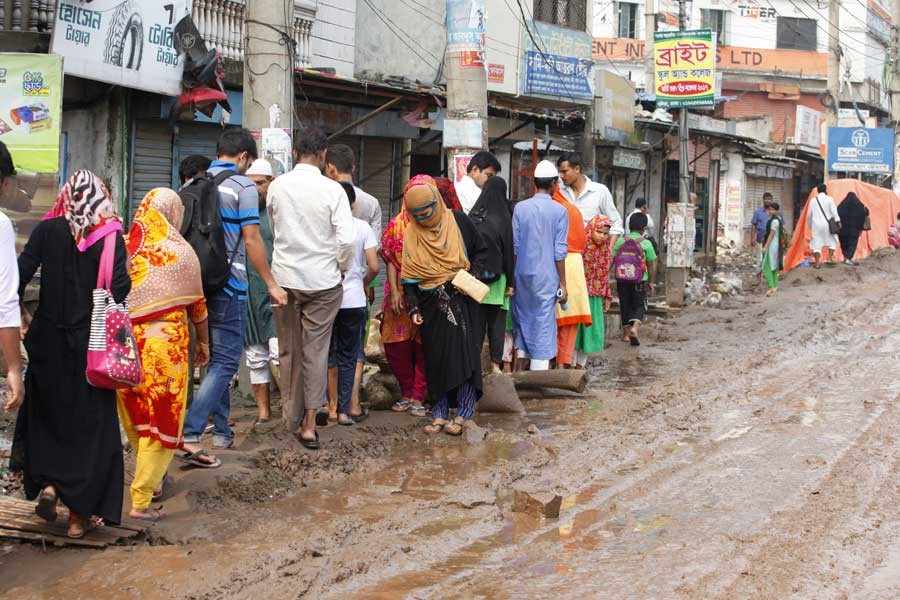Accepted that the founding of Dhaka City more than 400 years ago did not follow an urban plan, but there is no point carrying on with the legacy in the new millennium. That the issue of structural plan started receiving attention only in the late 90's of the past century does not speak highly of the policy-makers and planners. Yet the drawing of a detailed area plan (DAP) during that period for the capital teeming with an ever increasing population was a positive step. Had the DAP been honoured while approving the housing and development projects here, the city would not have ended up with this extent of construction mess all around. At a discourse titled 'Role of Journalists in Urban Development Planning' arranged by the Bangladesh Institute of Planners in collaboration with the Nagar Unnayan Sangbadik Forum, the verdict was unanimous that planned development of the city suffered at the hands of people in power, who defied all norms and rules in order to approve housing and other projects.
As soon as Dhaka became the capital of an independent country, its development agenda needed to be set with an eye for its expansion at least 100 years later. The demarcation of residential and commercial areas with provision for educational institutions, health facilities, parks and green space, sports complexes, lakes and other water bodies should have been comprehensive. In Paris, boroughs give their inhabitants the most regulated city service possible. Continuous effort and industry go into making a coordinated and smooth system work. Instead, in this highly disorganised and unliveable city, migration from rural areas all over Bangladesh continues unabated. Encroachment of government property and the water bodies within and around the city still goes unhindered. Sometimes illegal structures along the banks of rivers are demolished but the encroachers reappear there in their opportune moments.
Clearly, the authorities do not mean business. Now that the city has turned nearly dysfunctional, there seems to be a stoic resignation on the part of the authorities. This is a dangerous approach to the problem. A series of reports carried in a contemporary a few months back suggested that not all the canals could be recovered but at least a few of them definitely could be. The tug-of-war between the city corporations and the Dhaka Water Supply and Sewerage Authority (DWASA) over who should take the responsibility of the drainage system is a clear indication that the government agencies want to avoid unpleasant jobs. They are more adept in trading blames.
Now the attention needs to be concentrated on salvaging as much as feasible from the worst possible situation. A few broad areas such as bringing the rivers around the city back to life, recovering as much water-retention areas in the flood plains as possible along with the recoverable canals, ensuring all future constructions such as housing and infrastructure in compliance with the building codes and other provisions may be prioritised. This done, the next step would be to implement projects in a coordinate manner. Finally, the flow of urban migration must be checked through creation of alternative employment in rural areas.


